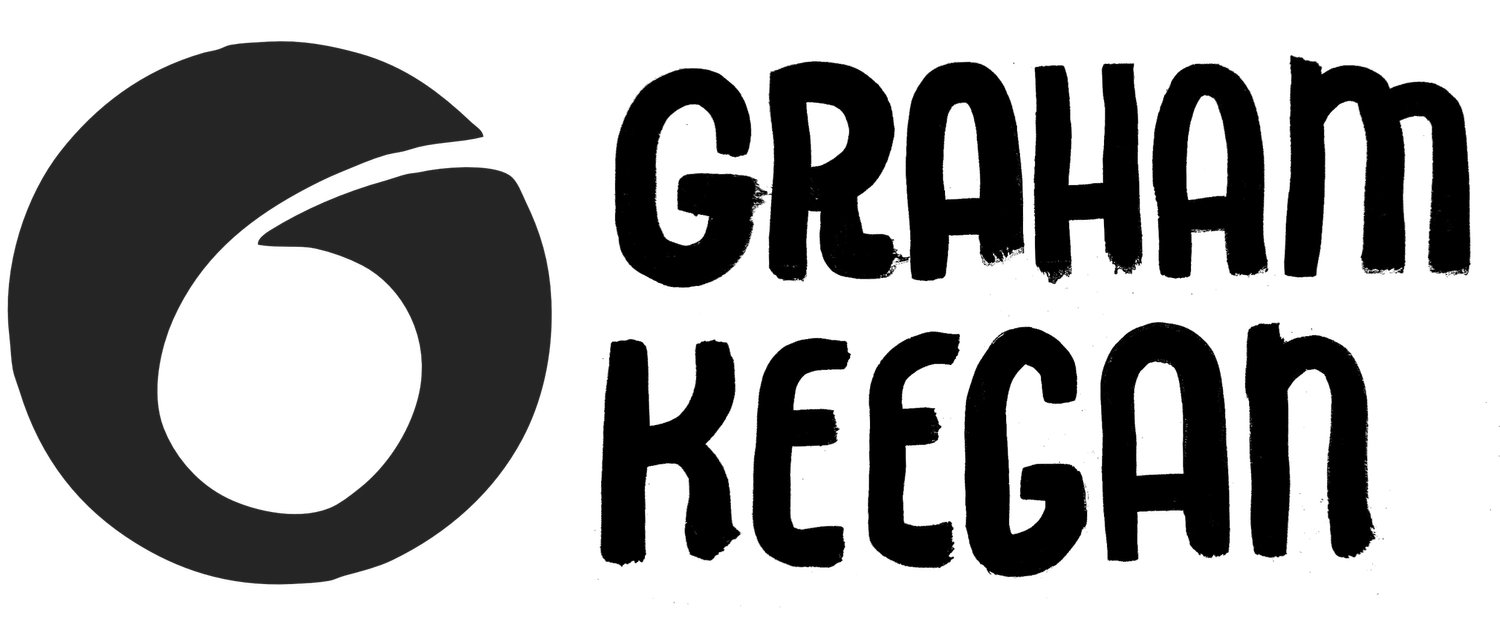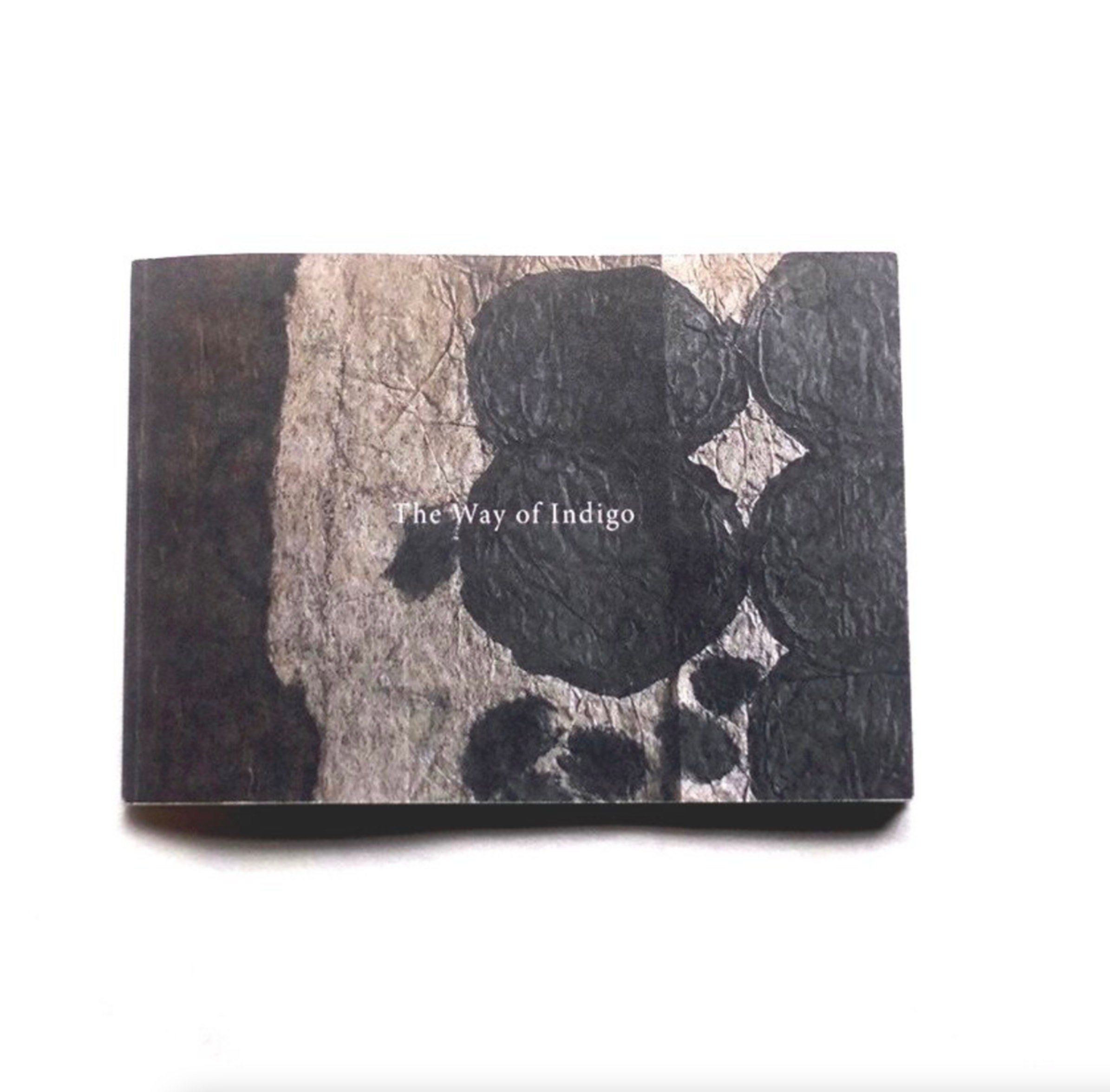 Image 1 of 10
Image 1 of 10

 Image 2 of 10
Image 2 of 10

 Image 3 of 10
Image 3 of 10

 Image 4 of 10
Image 4 of 10

 Image 5 of 10
Image 5 of 10

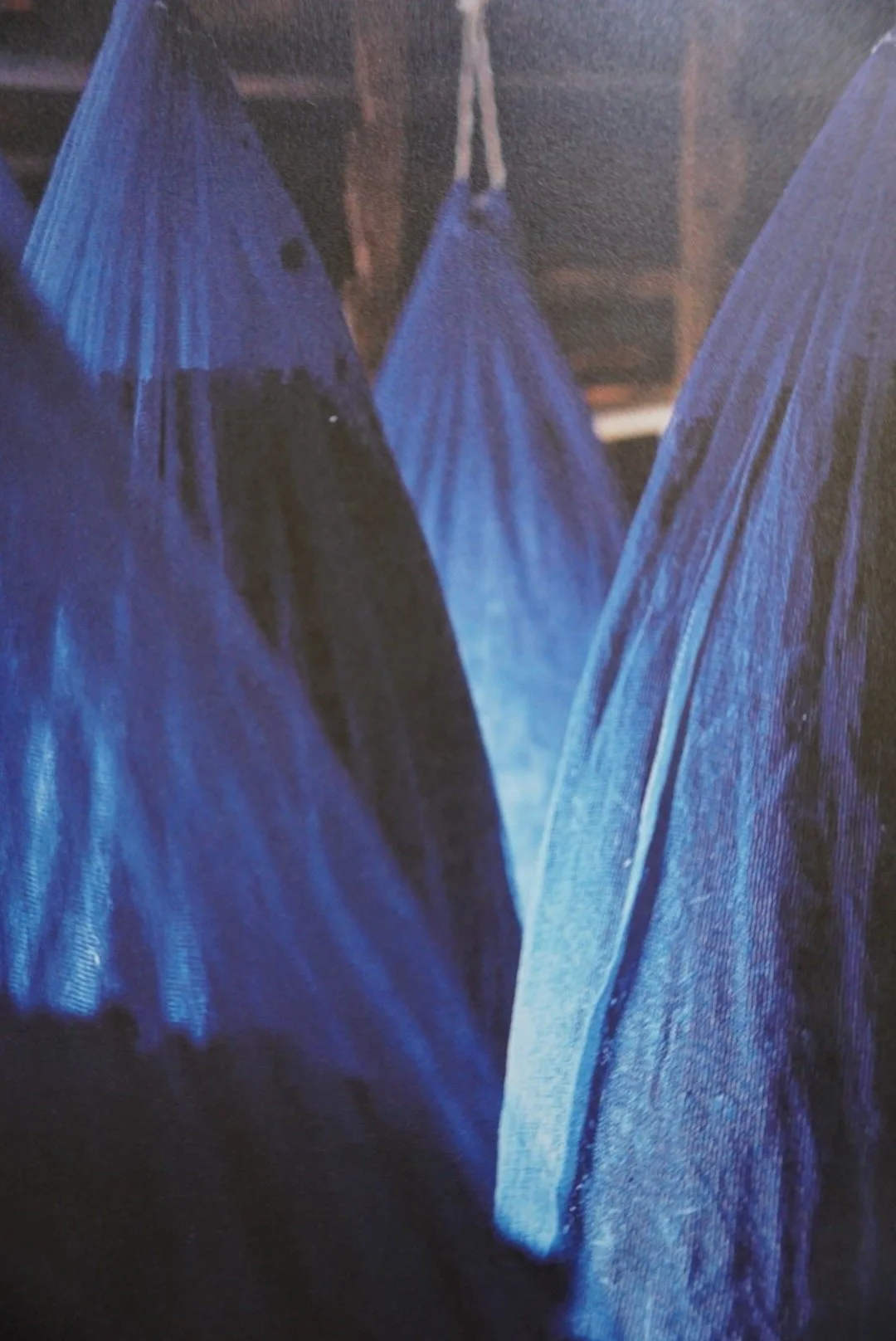 Image 6 of 10
Image 6 of 10

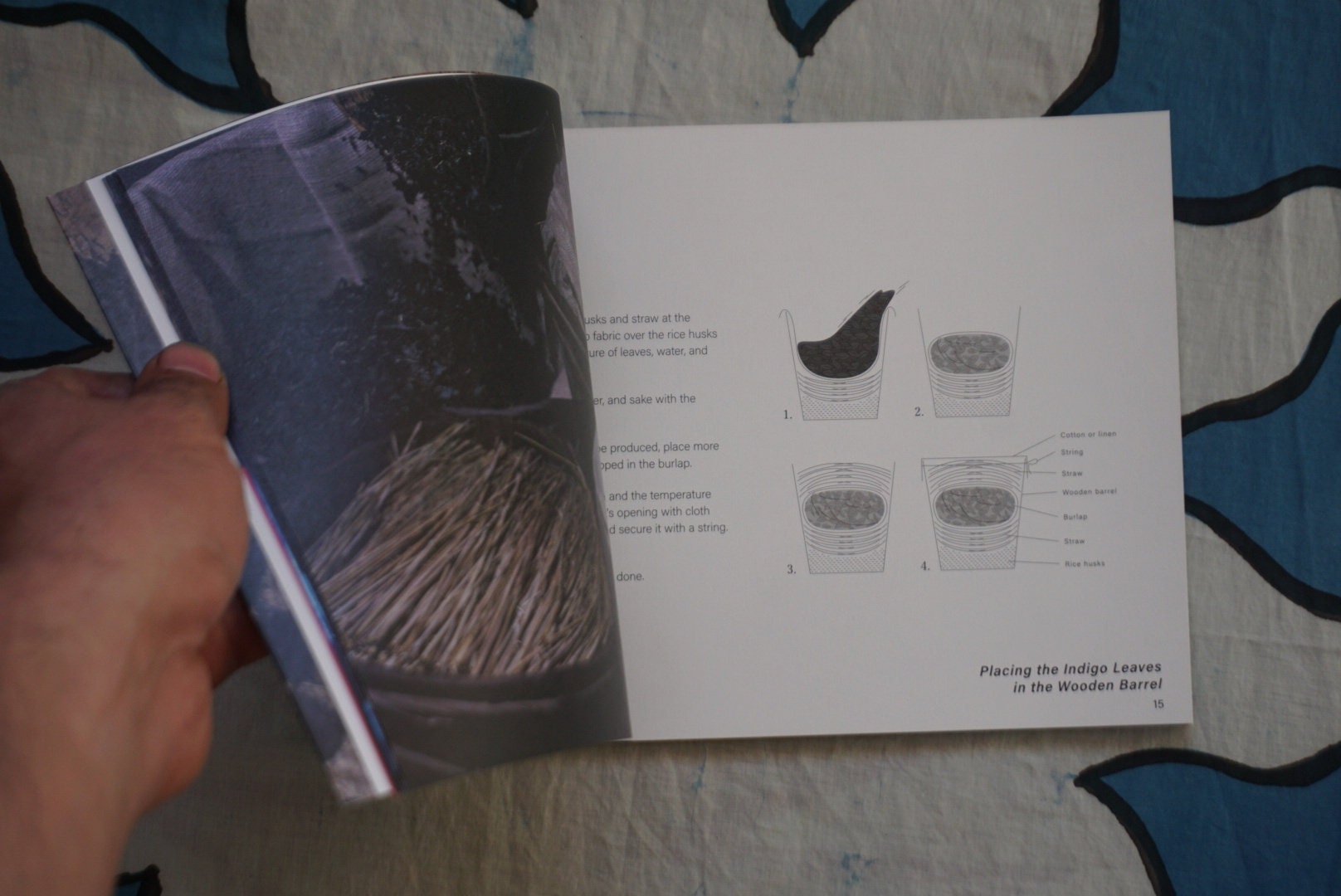 Image 7 of 10
Image 7 of 10

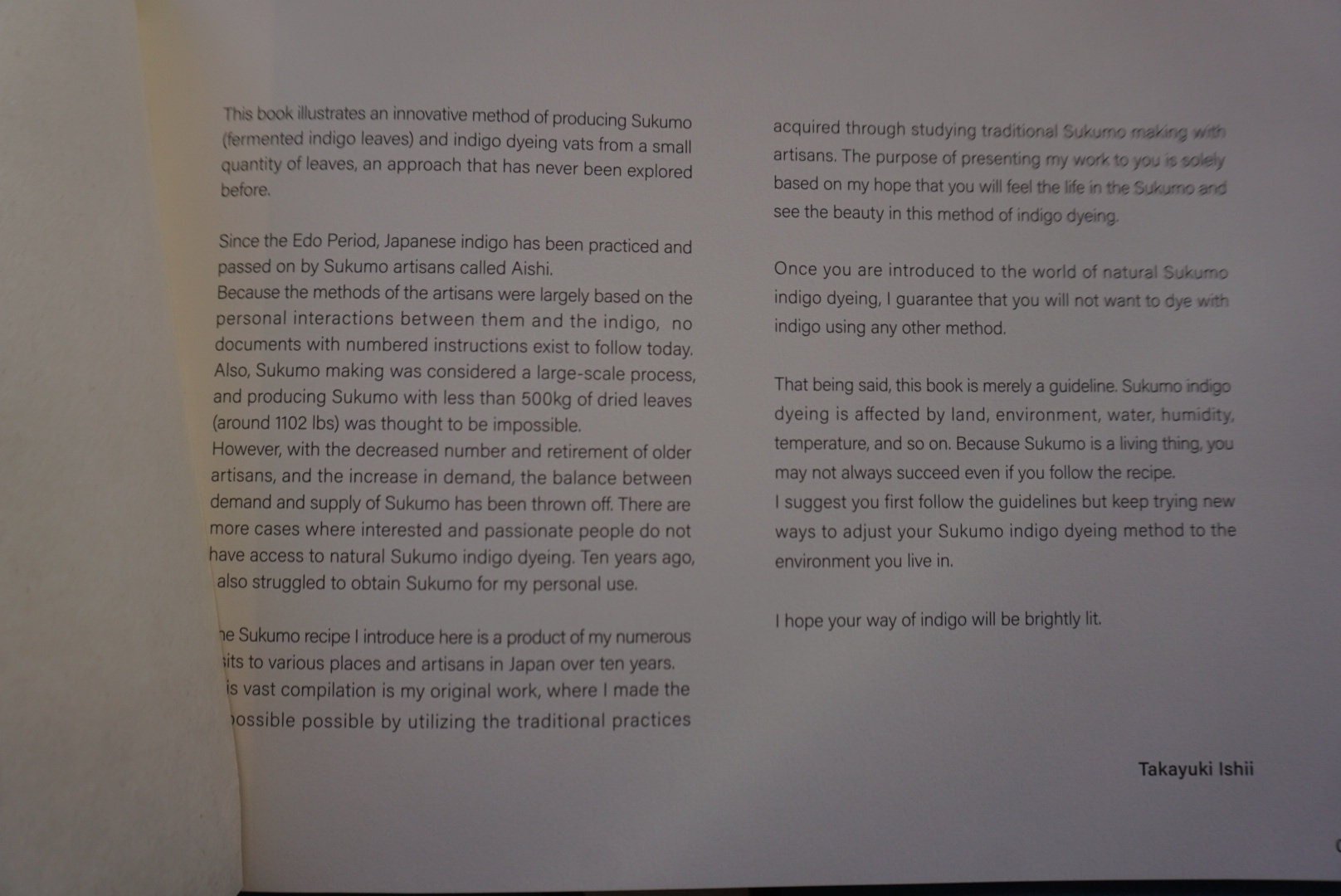 Image 8 of 10
Image 8 of 10

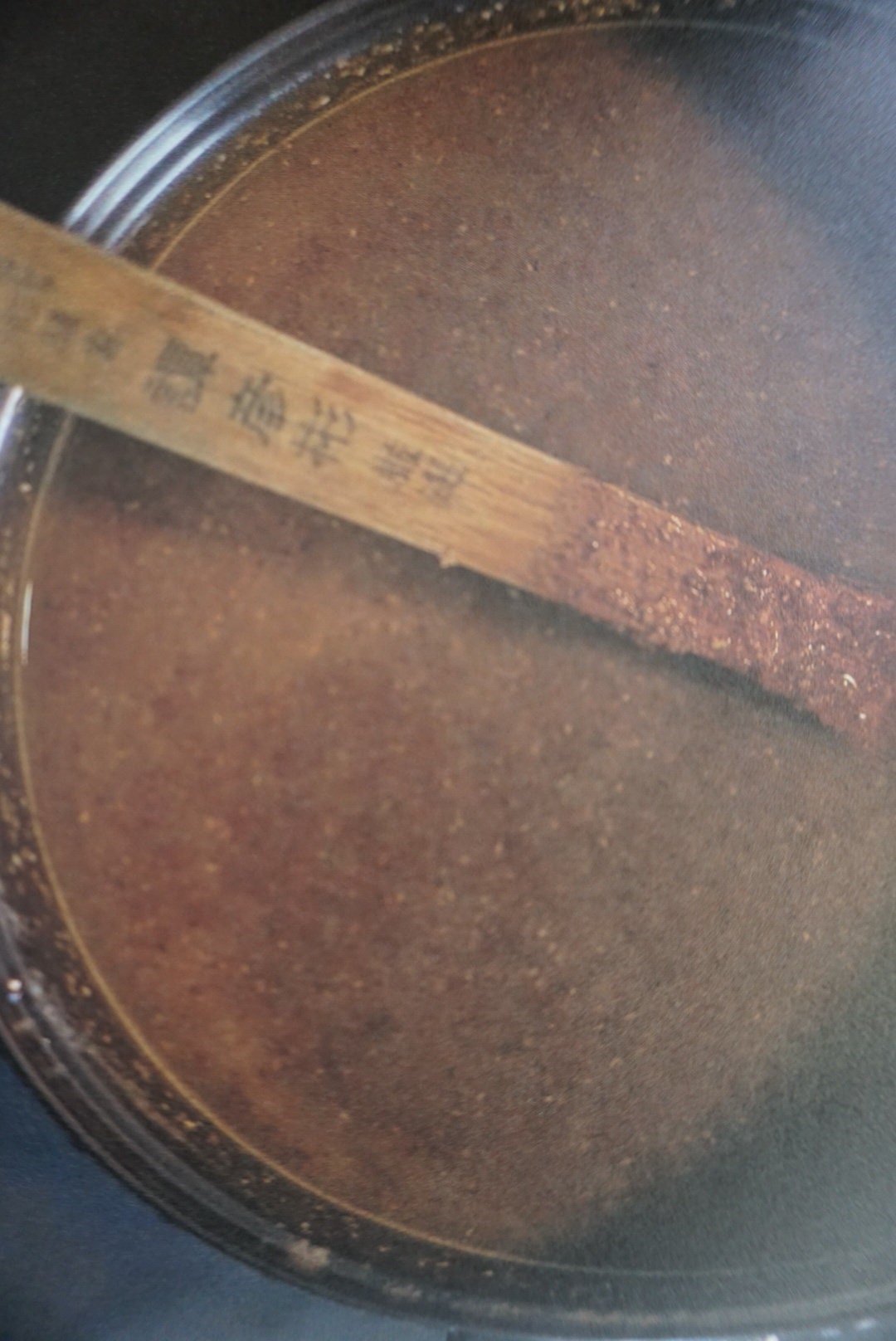 Image 9 of 10
Image 9 of 10

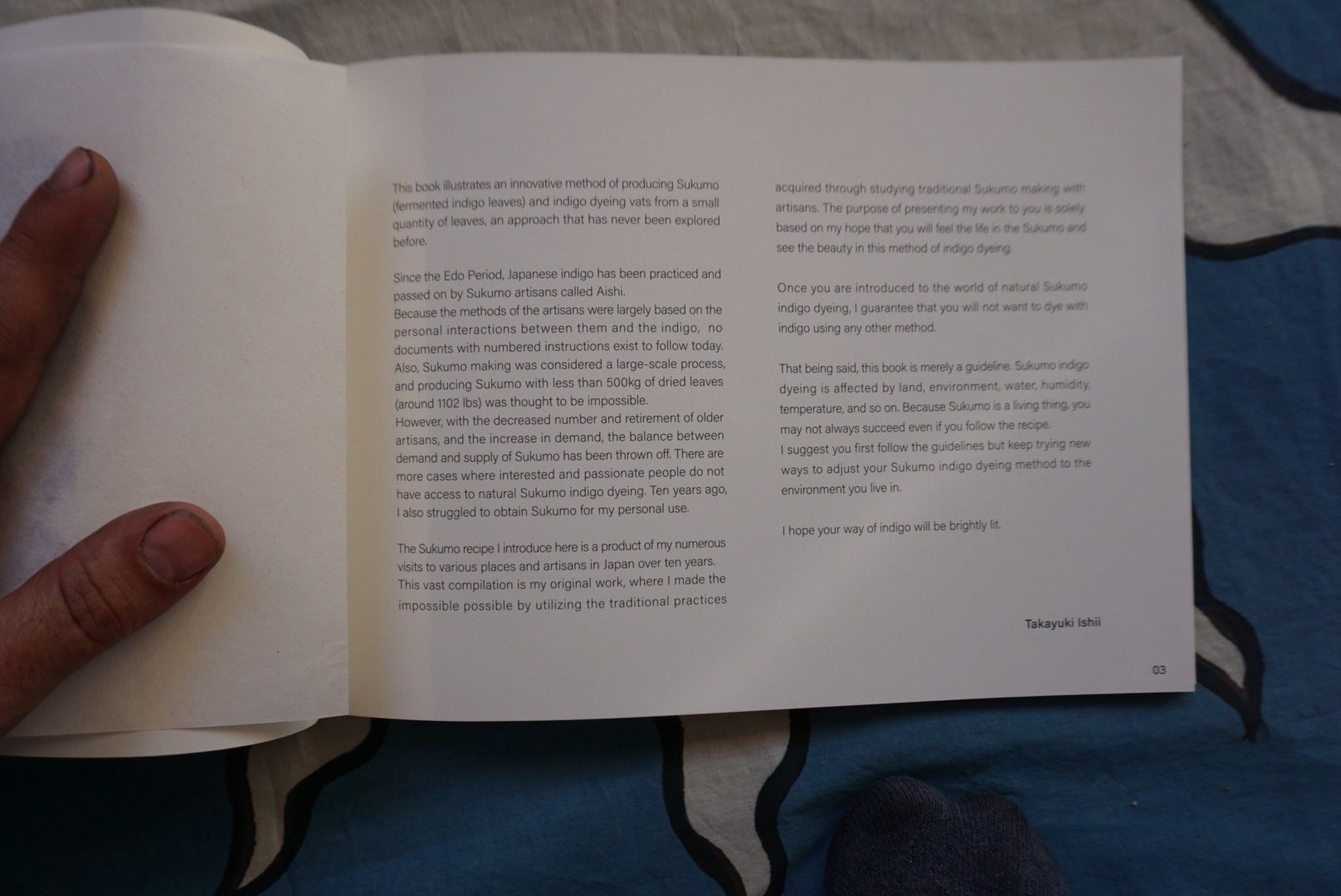 Image 10 of 10
Image 10 of 10











The Way of Indigo by Takayuki Ishii
$110.00
sold out
Notes from Graham Keegan, Spring 2022:
I’ve been waiting for this book for 15 years. During my earliest experiences with growing indigo in 2007, there was very little published material, either in print or on the internet about processing the plants into usable pigment. I remember harvesting a giant bundle of plant material, it was Persicaria tinctoria blue leaves and brown stems after the first frost in September and just wondering: “HOW, how do I get that color out from the leaves and onto fabric?”. In the end that year, I did nothing, lamenting tossing the whole thing onto the compost pile and it STILL eats at me that I could have saved and used those leaves.
In the subsequent years, many wonderful natural dye books have been published but there was still a gaping hole in the publication record for this precise subject. Luckily for us Takayuki Ishii has devoted the time and effort into cataloging the process of making small batch sukumo. And its in ENGLISH to boot!
This book has a laser focus on a single subject : transforming Persicaria tinctoria leaves into a sukumo indigo dye vat. If you have any interest in that subject, this is THE book for you. It is slim but mighty - packed with hand-drawn illustrations and photographs of the process that instill confidence and shed light on the enigmatic process.
I’ve been saving leftover batches of leaves from my indigo grows for the past few years and will be working my way through the process this fall when I can add the remainder of this year’s leaves to my pile!
The biggest challenge of this book is the price point! The $110 tag is nothing to scoff at, but I believe it money well spent. The information alone - aside from being available in such detail nowhere else - is thorough, clearly organized and well presented. The book is self-published by the artist and imported to the US from Japan.
I already treasure my copy as I hope you will yours!
Graham Keegan
----------
From the author Takayuki Ishii:
“This book illustrates an innovative method of producing Sukumo (fermented indigo leaves) and indigo dyeing vats from a small quantity of leaves, an approach that has never been explored before.
Since the Edo Period, Japanese indigo has been practiced and passed on by Sukumo artisans called Aishi.
Because the methods of the artisans were largely based on the personal interactions between them and the indigo, no documents with numbered instructions exist to follow today. Also, Sukumo making was considered a large-scale process, and producing Sukumo with less than 500kg of dried leaves (around 1102 lbs) was thought to be impossible.
However, with the decreased number and retirement of older artisans, and the increase in demand, the balance between demand and supply of Sukumo has been thrown off. There are more cases where interested and passionate people do not have access to natural Sukumo indigo dyeing. Ten years ago, I also struggled to obtain Sukumo for my personal use.
The Sukumo recipe I introduce here is a product of my numerous visits to various places and artisans in Japan over ten years. This vast compilation is my original work, where I made the impossible possible by utilizing the traditional practices acquired through studying traditional Sukumo making with artisans. The purpose of presenting my work to you is solely based on my hope that you will feel the life in the Sukumo and see the beauty in this method of indigo dyeing. Once you are introduced to the world of natural Sukumo indigo dyeing, I guarantee that you will not want to dye with indigo using any other method.
That being said, this book is merely a guideline. Sukumo indigo dyeing is affected by land, environment, water, humidity, temperature, and so on. Because Sukumo is a living thing, you may not always succeed even if you follow the recipe. I suggest you first follow the guidelines but keep trying new ways to adjust your Sukumo indigo dyeing method to the environment you live in.
I hope your way of indigo will be brightly lit.”
The book is 56 pages and approximately 10 x 7 inches.
I’ve been waiting for this book for 15 years. During my earliest experiences with growing indigo in 2007, there was very little published material, either in print or on the internet about processing the plants into usable pigment. I remember harvesting a giant bundle of plant material, it was Persicaria tinctoria blue leaves and brown stems after the first frost in September and just wondering: “HOW, how do I get that color out from the leaves and onto fabric?”. In the end that year, I did nothing, lamenting tossing the whole thing onto the compost pile and it STILL eats at me that I could have saved and used those leaves.
In the subsequent years, many wonderful natural dye books have been published but there was still a gaping hole in the publication record for this precise subject. Luckily for us Takayuki Ishii has devoted the time and effort into cataloging the process of making small batch sukumo. And its in ENGLISH to boot!
This book has a laser focus on a single subject : transforming Persicaria tinctoria leaves into a sukumo indigo dye vat. If you have any interest in that subject, this is THE book for you. It is slim but mighty - packed with hand-drawn illustrations and photographs of the process that instill confidence and shed light on the enigmatic process.
I’ve been saving leftover batches of leaves from my indigo grows for the past few years and will be working my way through the process this fall when I can add the remainder of this year’s leaves to my pile!
The biggest challenge of this book is the price point! The $110 tag is nothing to scoff at, but I believe it money well spent. The information alone - aside from being available in such detail nowhere else - is thorough, clearly organized and well presented. The book is self-published by the artist and imported to the US from Japan.
I already treasure my copy as I hope you will yours!
Graham Keegan
----------
From the author Takayuki Ishii:
“This book illustrates an innovative method of producing Sukumo (fermented indigo leaves) and indigo dyeing vats from a small quantity of leaves, an approach that has never been explored before.
Since the Edo Period, Japanese indigo has been practiced and passed on by Sukumo artisans called Aishi.
Because the methods of the artisans were largely based on the personal interactions between them and the indigo, no documents with numbered instructions exist to follow today. Also, Sukumo making was considered a large-scale process, and producing Sukumo with less than 500kg of dried leaves (around 1102 lbs) was thought to be impossible.
However, with the decreased number and retirement of older artisans, and the increase in demand, the balance between demand and supply of Sukumo has been thrown off. There are more cases where interested and passionate people do not have access to natural Sukumo indigo dyeing. Ten years ago, I also struggled to obtain Sukumo for my personal use.
The Sukumo recipe I introduce here is a product of my numerous visits to various places and artisans in Japan over ten years. This vast compilation is my original work, where I made the impossible possible by utilizing the traditional practices acquired through studying traditional Sukumo making with artisans. The purpose of presenting my work to you is solely based on my hope that you will feel the life in the Sukumo and see the beauty in this method of indigo dyeing. Once you are introduced to the world of natural Sukumo indigo dyeing, I guarantee that you will not want to dye with indigo using any other method.
That being said, this book is merely a guideline. Sukumo indigo dyeing is affected by land, environment, water, humidity, temperature, and so on. Because Sukumo is a living thing, you may not always succeed even if you follow the recipe. I suggest you first follow the guidelines but keep trying new ways to adjust your Sukumo indigo dyeing method to the environment you live in.
I hope your way of indigo will be brightly lit.”
The book is 56 pages and approximately 10 x 7 inches.
Notes from Graham Keegan, Spring 2022:
I’ve been waiting for this book for 15 years. During my earliest experiences with growing indigo in 2007, there was very little published material, either in print or on the internet about processing the plants into usable pigment. I remember harvesting a giant bundle of plant material, it was Persicaria tinctoria blue leaves and brown stems after the first frost in September and just wondering: “HOW, how do I get that color out from the leaves and onto fabric?”. In the end that year, I did nothing, lamenting tossing the whole thing onto the compost pile and it STILL eats at me that I could have saved and used those leaves.
In the subsequent years, many wonderful natural dye books have been published but there was still a gaping hole in the publication record for this precise subject. Luckily for us Takayuki Ishii has devoted the time and effort into cataloging the process of making small batch sukumo. And its in ENGLISH to boot!
This book has a laser focus on a single subject : transforming Persicaria tinctoria leaves into a sukumo indigo dye vat. If you have any interest in that subject, this is THE book for you. It is slim but mighty - packed with hand-drawn illustrations and photographs of the process that instill confidence and shed light on the enigmatic process.
I’ve been saving leftover batches of leaves from my indigo grows for the past few years and will be working my way through the process this fall when I can add the remainder of this year’s leaves to my pile!
The biggest challenge of this book is the price point! The $110 tag is nothing to scoff at, but I believe it money well spent. The information alone - aside from being available in such detail nowhere else - is thorough, clearly organized and well presented. The book is self-published by the artist and imported to the US from Japan.
I already treasure my copy as I hope you will yours!
Graham Keegan
----------
From the author Takayuki Ishii:
“This book illustrates an innovative method of producing Sukumo (fermented indigo leaves) and indigo dyeing vats from a small quantity of leaves, an approach that has never been explored before.
Since the Edo Period, Japanese indigo has been practiced and passed on by Sukumo artisans called Aishi.
Because the methods of the artisans were largely based on the personal interactions between them and the indigo, no documents with numbered instructions exist to follow today. Also, Sukumo making was considered a large-scale process, and producing Sukumo with less than 500kg of dried leaves (around 1102 lbs) was thought to be impossible.
However, with the decreased number and retirement of older artisans, and the increase in demand, the balance between demand and supply of Sukumo has been thrown off. There are more cases where interested and passionate people do not have access to natural Sukumo indigo dyeing. Ten years ago, I also struggled to obtain Sukumo for my personal use.
The Sukumo recipe I introduce here is a product of my numerous visits to various places and artisans in Japan over ten years. This vast compilation is my original work, where I made the impossible possible by utilizing the traditional practices acquired through studying traditional Sukumo making with artisans. The purpose of presenting my work to you is solely based on my hope that you will feel the life in the Sukumo and see the beauty in this method of indigo dyeing. Once you are introduced to the world of natural Sukumo indigo dyeing, I guarantee that you will not want to dye with indigo using any other method.
That being said, this book is merely a guideline. Sukumo indigo dyeing is affected by land, environment, water, humidity, temperature, and so on. Because Sukumo is a living thing, you may not always succeed even if you follow the recipe. I suggest you first follow the guidelines but keep trying new ways to adjust your Sukumo indigo dyeing method to the environment you live in.
I hope your way of indigo will be brightly lit.”
The book is 56 pages and approximately 10 x 7 inches.
I’ve been waiting for this book for 15 years. During my earliest experiences with growing indigo in 2007, there was very little published material, either in print or on the internet about processing the plants into usable pigment. I remember harvesting a giant bundle of plant material, it was Persicaria tinctoria blue leaves and brown stems after the first frost in September and just wondering: “HOW, how do I get that color out from the leaves and onto fabric?”. In the end that year, I did nothing, lamenting tossing the whole thing onto the compost pile and it STILL eats at me that I could have saved and used those leaves.
In the subsequent years, many wonderful natural dye books have been published but there was still a gaping hole in the publication record for this precise subject. Luckily for us Takayuki Ishii has devoted the time and effort into cataloging the process of making small batch sukumo. And its in ENGLISH to boot!
This book has a laser focus on a single subject : transforming Persicaria tinctoria leaves into a sukumo indigo dye vat. If you have any interest in that subject, this is THE book for you. It is slim but mighty - packed with hand-drawn illustrations and photographs of the process that instill confidence and shed light on the enigmatic process.
I’ve been saving leftover batches of leaves from my indigo grows for the past few years and will be working my way through the process this fall when I can add the remainder of this year’s leaves to my pile!
The biggest challenge of this book is the price point! The $110 tag is nothing to scoff at, but I believe it money well spent. The information alone - aside from being available in such detail nowhere else - is thorough, clearly organized and well presented. The book is self-published by the artist and imported to the US from Japan.
I already treasure my copy as I hope you will yours!
Graham Keegan
----------
From the author Takayuki Ishii:
“This book illustrates an innovative method of producing Sukumo (fermented indigo leaves) and indigo dyeing vats from a small quantity of leaves, an approach that has never been explored before.
Since the Edo Period, Japanese indigo has been practiced and passed on by Sukumo artisans called Aishi.
Because the methods of the artisans were largely based on the personal interactions between them and the indigo, no documents with numbered instructions exist to follow today. Also, Sukumo making was considered a large-scale process, and producing Sukumo with less than 500kg of dried leaves (around 1102 lbs) was thought to be impossible.
However, with the decreased number and retirement of older artisans, and the increase in demand, the balance between demand and supply of Sukumo has been thrown off. There are more cases where interested and passionate people do not have access to natural Sukumo indigo dyeing. Ten years ago, I also struggled to obtain Sukumo for my personal use.
The Sukumo recipe I introduce here is a product of my numerous visits to various places and artisans in Japan over ten years. This vast compilation is my original work, where I made the impossible possible by utilizing the traditional practices acquired through studying traditional Sukumo making with artisans. The purpose of presenting my work to you is solely based on my hope that you will feel the life in the Sukumo and see the beauty in this method of indigo dyeing. Once you are introduced to the world of natural Sukumo indigo dyeing, I guarantee that you will not want to dye with indigo using any other method.
That being said, this book is merely a guideline. Sukumo indigo dyeing is affected by land, environment, water, humidity, temperature, and so on. Because Sukumo is a living thing, you may not always succeed even if you follow the recipe. I suggest you first follow the guidelines but keep trying new ways to adjust your Sukumo indigo dyeing method to the environment you live in.
I hope your way of indigo will be brightly lit.”
The book is 56 pages and approximately 10 x 7 inches.
